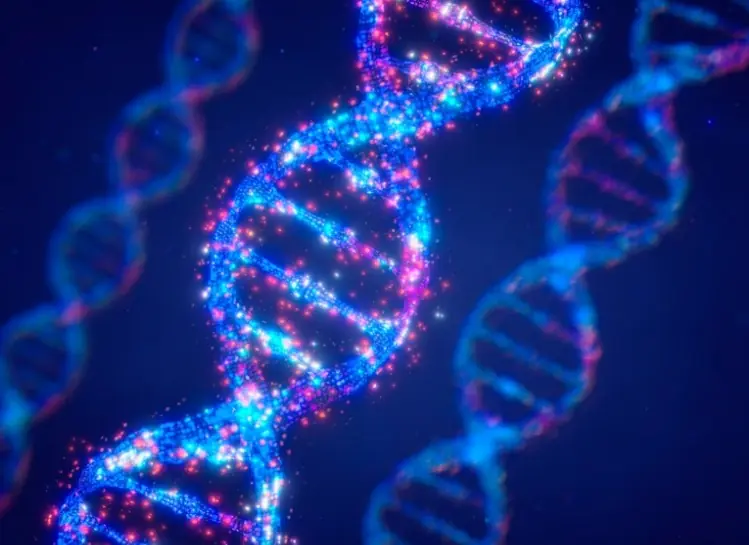
Experts reveal the five foods that seriously affect your eyesight including one many of us eat every day
 Certain Everyday Foods Could Be Contributing to Vision Loss, Experts Warn
Certain Everyday Foods Could Be Contributing to Vision Loss, Experts Warn
Health professionals are sounding the alarm about five commonly consumed foods that may negatively affect your eye health — and could even contribute to one of the leading causes of vision loss in older adults.
While many of us think of diet primarily in terms of weight management or heart health, the impact of what we eat on our vision is often overlooked. However, emerging research suggests that our eyes are just as susceptible to dietary influences as other parts of our body.
One condition in particular — Age-Related Macular Degeneration (AMD) — has drawn significant attention in recent years. According to the National Eye Institute, AMD is a progressive eye disease that can blur central vision and is currently a leading cause of visual impairment in people over the age of 50. The disease affects the macula, a small area of the retina responsible for sharp, central vision — the kind you use when reading, driving, or recognizing faces.
Although aging is a primary factor in the development of AMD, studies show that diet plays a key role in both its onset and progression. Certain foods, especially those with high glycemic loads or rich in unhealthy fats, may accelerate damage to the eyes — but the good news is that dietary changes can also help slow or potentially reverse some of this damage.
1. White Bread and High-Glycemic Carbs
White bread may be a go-to staple for sandwiches and toast, but research suggests it could be a risk to your eye health. Foods high in refined carbohydrates, such as white bread, spike blood sugar levels rapidly — a phenomenon known as having a high glycemic index.
A study funded by the National Institutes of Health (NIH) in 2017 involved feeding mice either low- or high-glycemic diets. Mice on the high-glycemic diet developed signs of retinal damage as they aged. Encouragingly, researchers discovered that switching these mice to a low-glycemic diet delayed or even reversed AMD-related damage in the eye.
The takeaway? Choosing whole grains instead of refined white bread might not just help your waistline — it could also protect your vision.
2. French Fries and Fried Foods
French fries, beloved by many, also fall into the high-glycemic category and are often cooked in oils high in unhealthy trans fats. These combinations can raise blood sugar levels rapidly and damage small blood vessels, including those in the retina.
According to the NIH, repeated blood sugar spikes over time can lead to inflammation and oxidative stress in the eyes. These changes damage the retinal vessels and heighten the risk of AMD development, especially when combined with poor overall dietary habits.
Swapping fries for baked sweet potato wedges or air-fried vegetables can reduce this risk while still satisfying that crunchy craving.
3. Rice Cakes
Often considered a healthy snack, rice cakes can be deceptively problematic when it comes to blood sugar regulation. Despite being low in calories, rice cakes have a high glycemic index and can cause quick glucose spikes, much like white bread or fries.
Frequent blood sugar surges can create the same damaging oxidative stress and inflammation in eye tissues that lead to AMD. For better snacking, consider pairing rice cakes with healthy fats or proteins — such as almond butter — to slow digestion and reduce sugar spikes.
4. Processed Cheese Slices
Whether stacked on burgers or melted into sandwiches, processed cheese slices are a common indulgence. Unfortunately, they are typically loaded with sodium and preservatives. Consuming excessive sodium is linked to high blood pressure, a known risk factor for hypertensive retinopathy, a condition that damages the retina’s blood vessels.
Over time, this can impair blood flow to the eyes, decreasing the delivery of oxygen and nutrients — conditions that foster the development of AMD and other vision problems. Consider replacing processed cheeses with natural, lower-sodium alternatives like mozzarella or goat cheese in moderation.
5. Bacon and Other High-Cholesterol Meats
Crispy, savory bacon may be a breakfast favorite, but it’s one of several meats that may increase the risk of AMD due to its saturated fat and cholesterol content.
According to Medical News Today, diets high in cholesterol have been linked to reduced blood flow in the eye and impaired central vision. Cholesterol buildup can block essential nutrients from reaching the retina, accelerating the deterioration of macular cells. Reducing intake of processed meats and opting for lean proteins like turkey, fish, or plant-based alternatives can help protect your eyesight.
Recognizing the Signs of AMD
There are two main forms of AMD:
-
Dry AMD (atrophic) — more common and progresses gradually
-
Wet AMD (neovascular) — more severe and can cause faster vision loss
In later stages of the disease, individuals may begin to notice straight lines appearing wavy or distorted, a blurry or dark area near the center of their vision, or difficulty seeing in dim lighting. Colors might also appear faded or duller than usual.
Prevention Tips: What You Should Eat
While there is no cure for early AMD, lifestyle changes can significantly slow its progression. Doctors recommend:
-
Regular physical activity
-
Maintaining healthy blood pressure and cholesterol levels
-
Eating a diet rich in leafy greens, colorful fruits, omega-3 fatty acids, and fish
-
Taking special dietary supplements if recommended by an eye care provider (such as those containing zinc, vitamin C, lutein, and zeaxanthin)
Bottom Line: What you put on your plate today may affect how clearly you see tomorrow. By cutting down on high-glycemic, high-cholesterol, and overly processed foods, and focusing instead on nutrient-rich, anti-inflammatory options, you could be doing your future self a major favor — especially when it comes to your eyesight.
News in the same category


Hyperacute rejection-engineered oncolytic virus for interventional clinical trial in refractory cancer patients

Your Feet Could Be Signaling That Your Arteries Are Clogged

36-Year-Old Teacher Dies From Diabetes Doctors Say Was Triggered By Everyday Foods

Cancer Rates Rising in Gen X and Millenials Compared to Older Generations, Study Finds
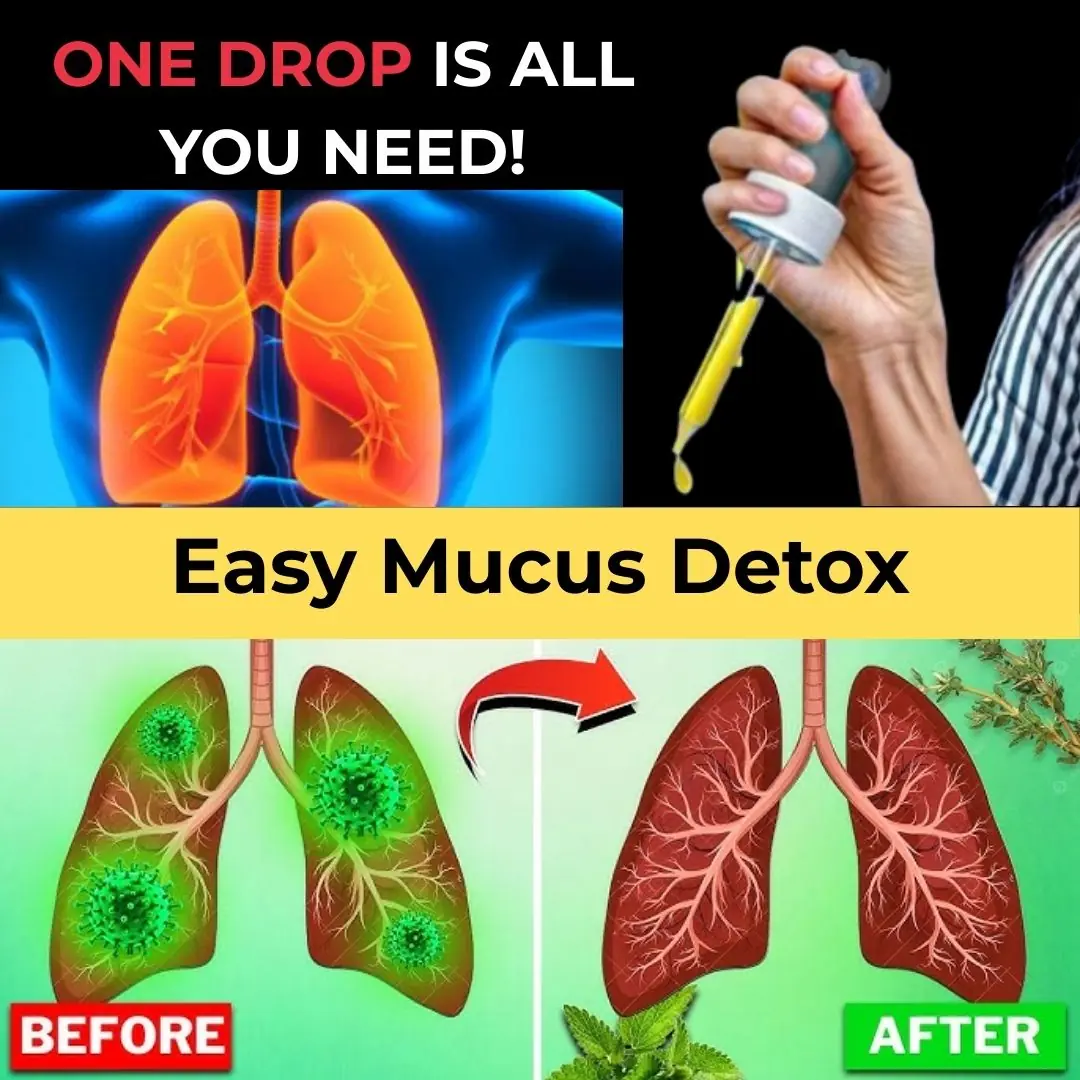
Lungs Full of Mucus? 1 SINGLE Drop Clears Airways & Restores Lung Health! | Barbara O’Neill

Rejuvenate Your Prostate Naturally: The Incredible Power of Tomato and Garlic Juice
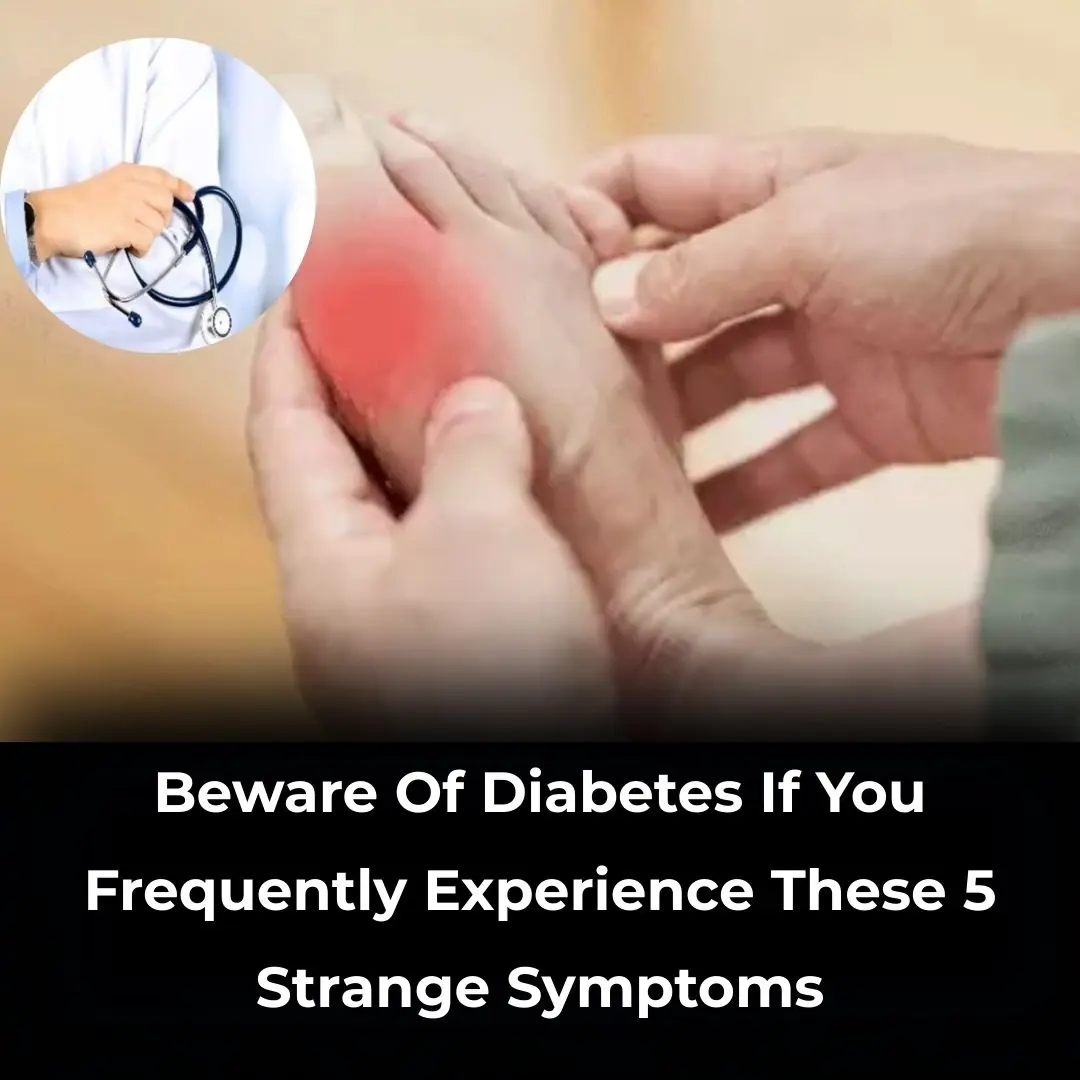
Early signs of diabetes many fail to notice

Bizarre permanent effect being stressed for just 5 days can have on your body
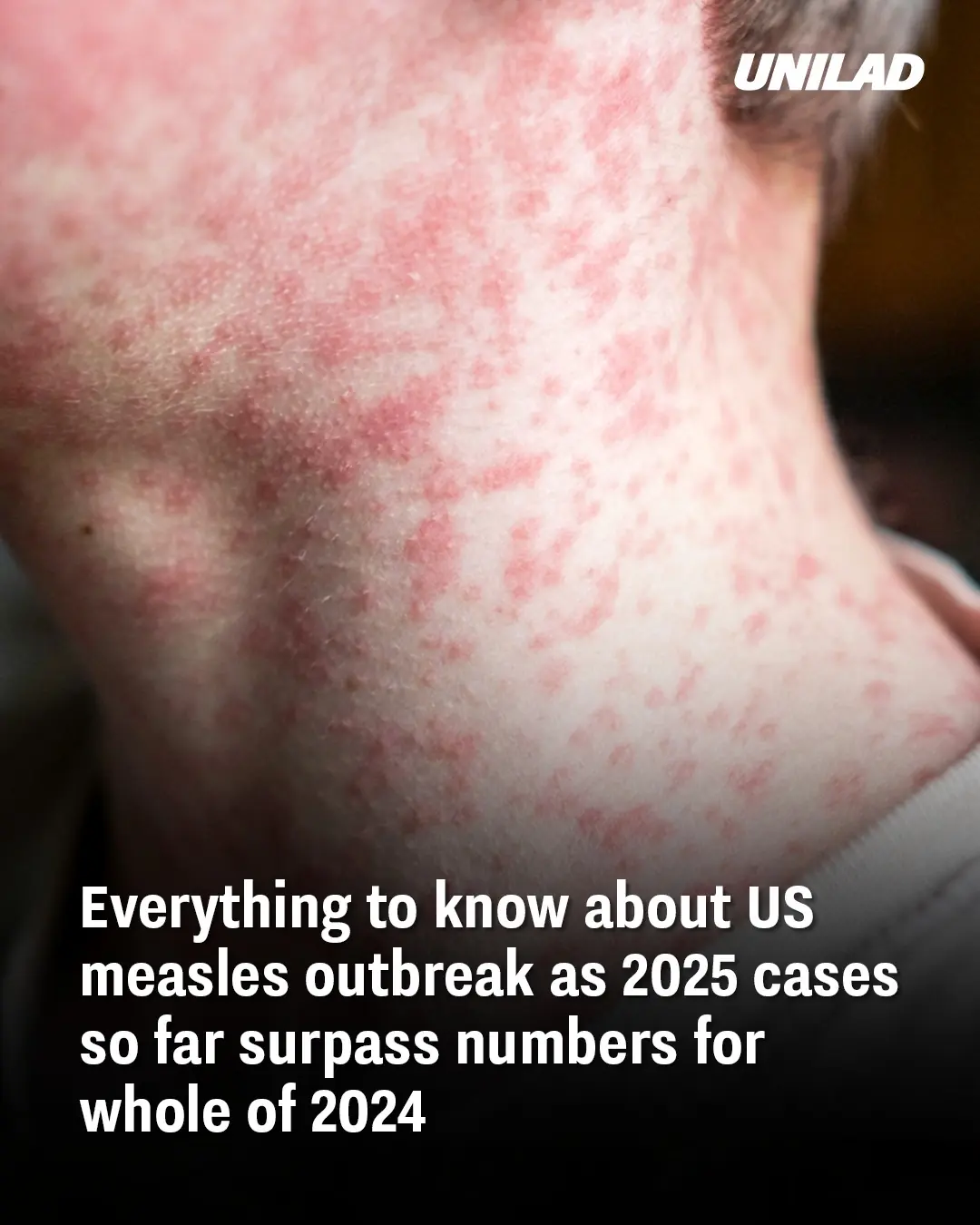
Everything to know about US measles outbreak as 2025 cases so far surpass numbers for whole of 2024

Doctor sends warning to anyone 'micro-dosing' Ozempic as fears grow about what it could do to your body

Caution Over Vaping After Teen Develops ‘Popcorn Lung’ Linked to Chemical Exposure

10 Reasons Ramen Noodles Are Bad For You (and How to Make Them Healthy)

101-Year-Old Doctor Is Still Driving, Shares His 7 Tips For A Long Life
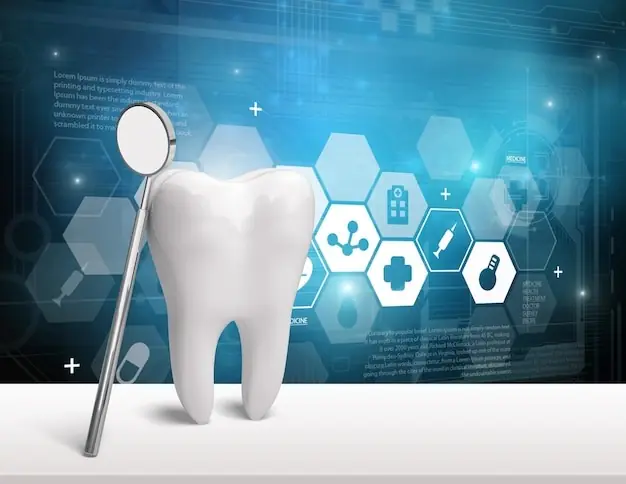
Lab-grown teeth might become an alternative to fillings following research breakthrough

15 Surprising Things Men Say Make Women Seem Older Than They Are

Study Finds People with Certain Blood Type Are Prone to Early Stroke
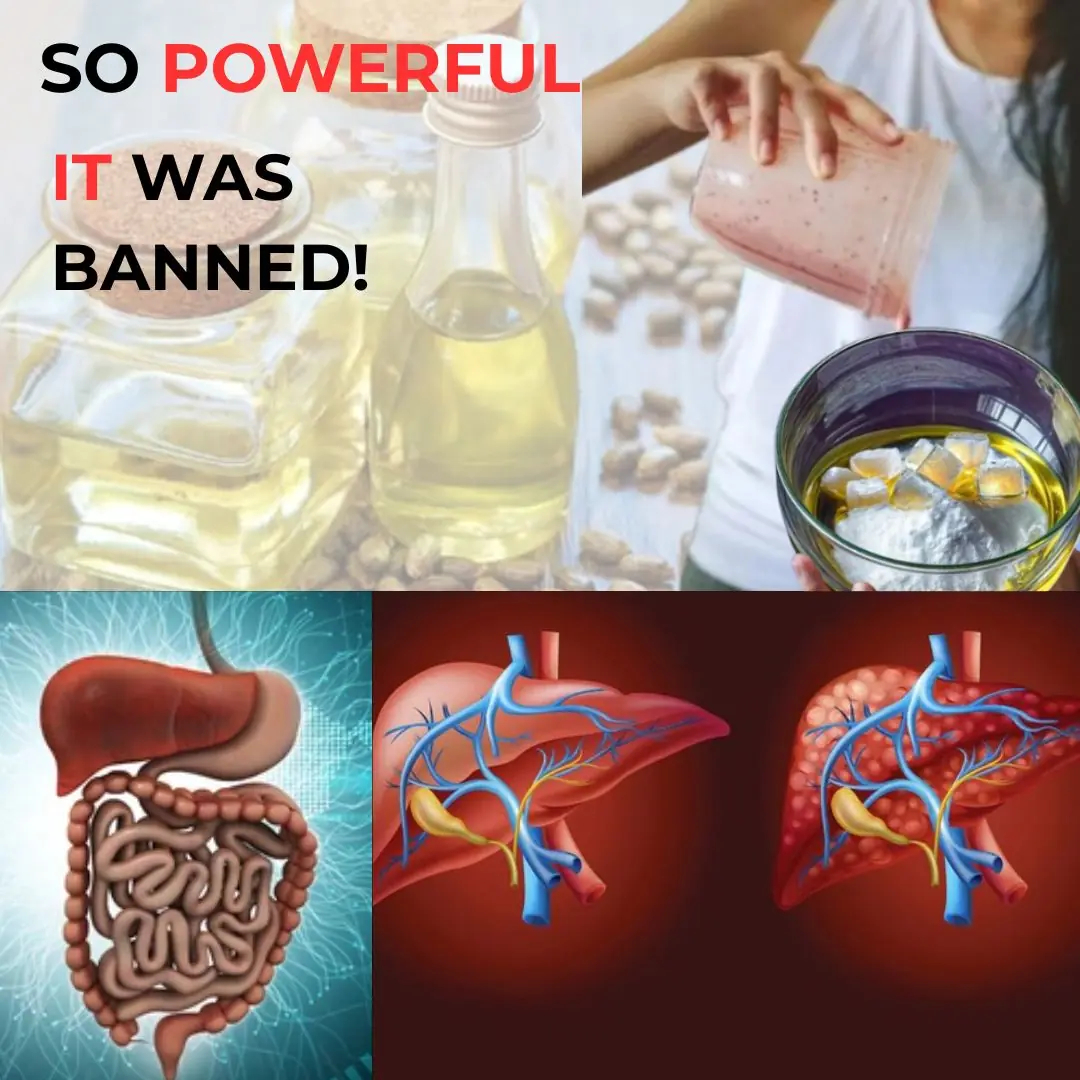
New Castor Oil, Celtic Salt & Baking Soda Detox Changes EVERYTHING! (Must Try!)
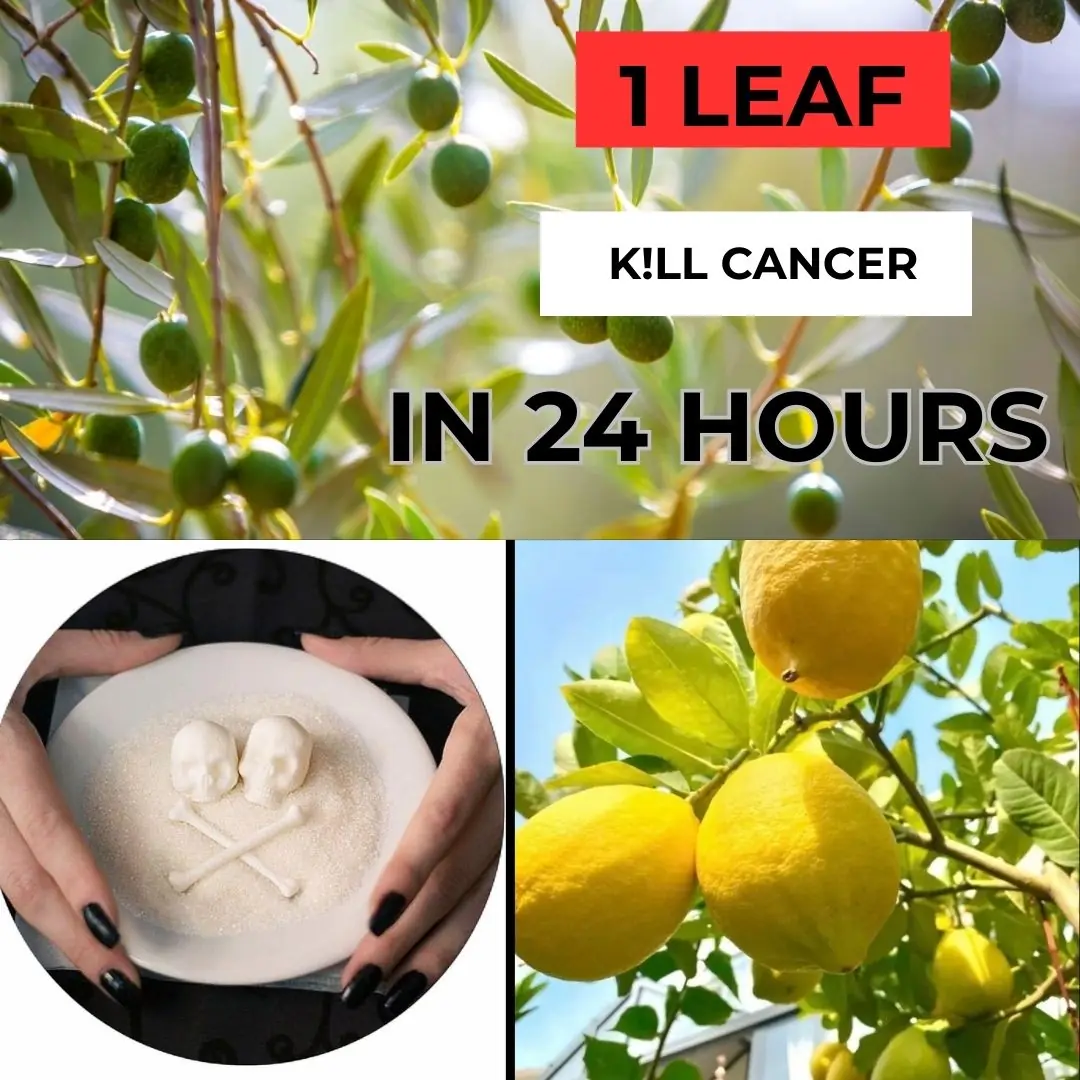
The Cancer Destroying LEAF That Doctors Aren’t Telling You About! Barbara O’Neill SECRET
News Post

I-motif DNA structures are formed in the nuclei of human cells

Hyperacute rejection-engineered oncolytic virus for interventional clinical trial in refractory cancer patients

Your Feet Could Be Signaling That Your Arteries Are Clogged

36-Year-Old Teacher Dies From Diabetes Doctors Say Was Triggered By Everyday Foods

Cancer Rates Rising in Gen X and Millenials Compared to Older Generations, Study Finds

Lungs Full of Mucus? 1 SINGLE Drop Clears Airways & Restores Lung Health! | Barbara O’Neill

Rejuvenate Your Prostate Naturally: The Incredible Power of Tomato and Garlic Juice

Early signs of diabetes many fail to notice

Bizarre permanent effect being stressed for just 5 days can have on your body

Everything to know about US measles outbreak as 2025 cases so far surpass numbers for whole of 2024

Doctor sends warning to anyone 'micro-dosing' Ozempic as fears grow about what it could do to your body

My Sister Inherited Everything, While My Father Left Me Only a Chessboard, But the Secret It Held Shocked Our Entire Family

I Heard Our Baby Crying While I Was in the Shower & My Wife Was Watching TV – When I Entered His Room, I Screamed in Shock

My Husband Refused to Replace Our Broken Vacuum and Said I Should Sweep Since I'm 'Just on Maternity Leave' — So I Taught Him a Lesson He'll Never Forget

My FIL Got Rid of My Beloved Flower Garden & Dug a Pool for Himself without Permission – But Karma Hit Him Back Harshly

I Came Home to Find My Kids Outside with Packed Bags — It Was the Hardest Day of My Life

Greedy Brothers Mock Younger Sister Because She Only Inherited an Old Umbrella

My MIL Left Me Everything Instead of Her Own Children, But My Inheritance Came With a Trap
